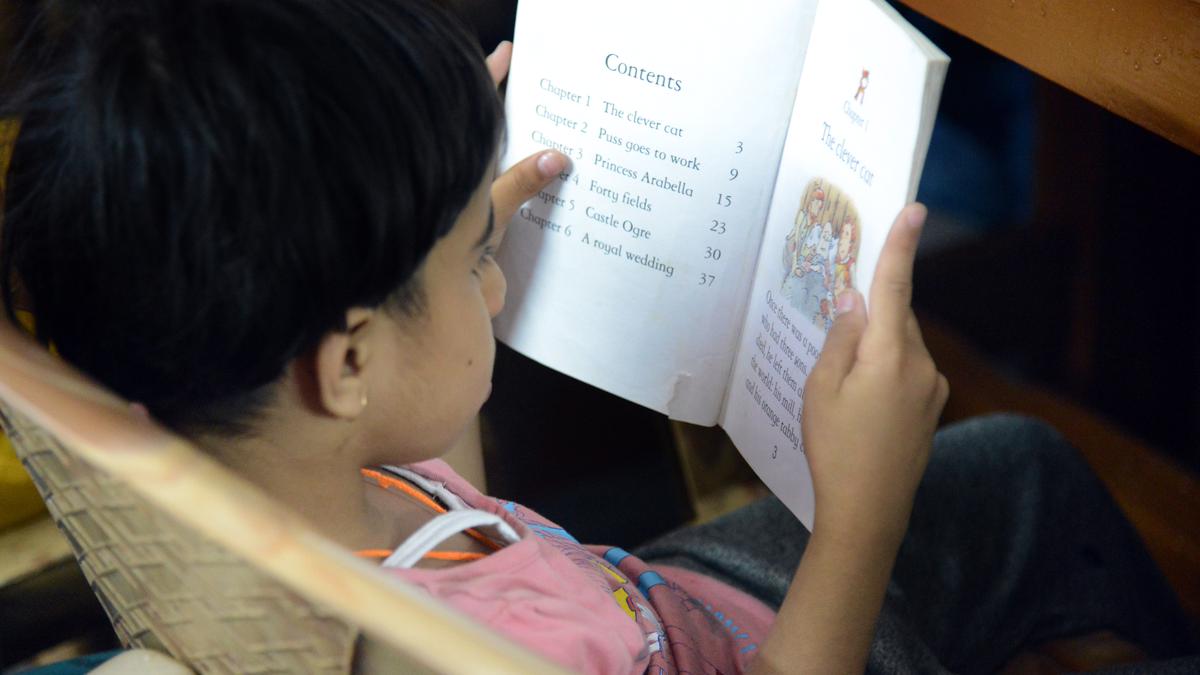
‘What should my child read?’ This Kolkata bookseller has the answer
The Hindu
The 22-page book, published by Kolkata’s oldest existing bookshop, will guide parents as well as teachers in choosing the right titles for young minds
From the time he took over his family business — in this case, Kolkata’s oldest existing bookshop — in the late 1980s, Arabinda Dasgupta has been asked one question repeatedly: ‘What are the books you would recommend for children?’
Answers to simple questions often being not easy, Mr. Dasgupta decided that he must publish a catalogue that would guide parents as well as teachers in choosing the right kind of titles for young minds. But his 1886-started establishment on College Street being one of the most popular bookshops among students, the idea took a backseat due to other demands of the industry — until last week, when he released What Should I Give My Grandchild to Read?
“I don’t think there is any other book of this kind. I have looked around but I couldn’t find any. So, you can say this book is the first of its kind,” Mr. Dasgupta, 72, who handed over the first copy to his eight-month-old grandson, said. The 22-page book has been brought out by his firm, Dasgupta & Co., which is also in the publishing business.
“It makes things easier for me because every now and then I keep getting asked about books that children should read. The question comes from parents and teachers alike. Schools giving away prizes to students mostly want to gift books, but often they are not sure what to give. Same is the case with parents, especially those who are themselves not into reading. They all ask the same thing: what books to buy? Now they have the answer,” the bookseller said.
Several school teachers, professors and a retired Indian Administrative Service (IAS) officer helped Mr. Dasgupta pick 245 books for listing in What Should I Give My Grandchild to Read? They have been bunched under different age groups: 5-8, 8-11, 11-14, and 14-17 years.
The book is priced at Rs. 150 and the money from its sale, Mr. Dasgupta said, would go to help children affected with cancer in eight hospitals across West Bengal. “We will place bookshelves in their wards. I have been to a cancer ward that had children and I know how it feels,” he said.
Asked about the most popular books for children that he would recommend and that are also in high demand, Mr. Dasgupta named his top five: The Little Prince, The Happy Prince and Other Tales, Rip Van Winkle, Matilda, and Grimms’ Fairy Tales. “Next would be a catalogue on Bengali books for children — that’s something I am working on,” he said.

After a long, tiring day all we want is to jump right on our cosy beds and rest comfortably on our soft, fluffy pillows, right? Pillows are not quite appreciated as much as electric cars or air-fryers, for instance. Pillows are a wonderful man-made creation that has improved the lives and sleep of people across the globe. Did you know ages ago people used to rest their heads on a HARD ROCK? So how did humans go from sleeping on stones to cosy, fluffy and soft pillows today? Let’s get into the origin of your everyday pillows!

As the November 30 deadline nears for installing vehicle location tracking devices (VLTD) and emergency panic buttons in public service and nationally permitted goods vehicles in Karnataka, transport unions representing cab, bus, and truck operators are urging the government to reconsider the mandate. They argue that the high cost of these devices and a lack of awareness have made it difficult for many vehicle owners to comply with the requirement.









